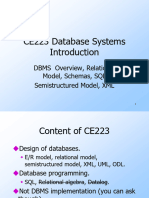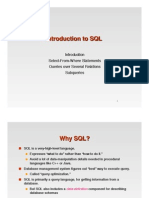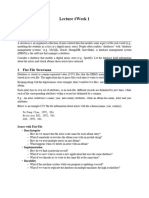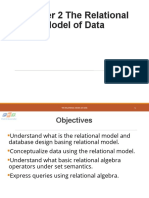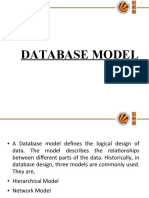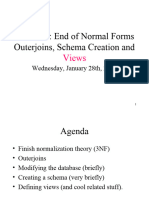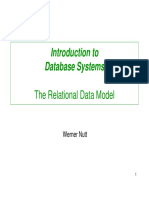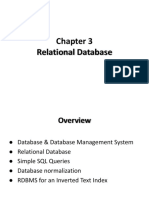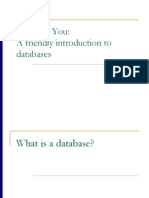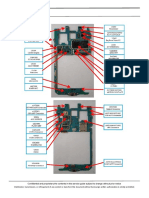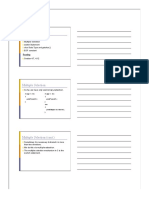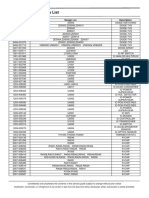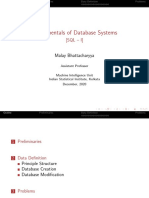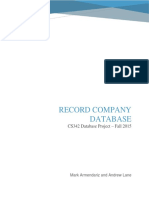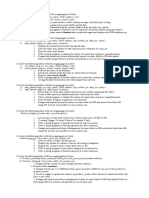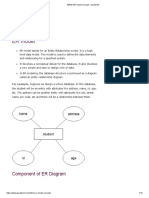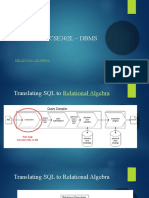0% found this document useful (0 votes)
84 views35 pagesThe Relational Model of Data
The document provides an introduction to the relational model of data. It discusses what a data model is, the basics of the relational model including relations represented as tables with rows and columns. It also covers relation schemas, instances, keys, and constraints. Examples of relation schemas are provided. The document also discusses how relational databases are described in SQL and how to create and declare relations, attributes, keys, and other properties. Finally, it provides a brief introduction to semistructured and JSON data models.
Uploaded by
Ezzaddin SultanCopyright
© © All Rights Reserved
We take content rights seriously. If you suspect this is your content, claim it here.
Available Formats
Download as PDF, TXT or read online on Scribd
0% found this document useful (0 votes)
84 views35 pagesThe Relational Model of Data
The document provides an introduction to the relational model of data. It discusses what a data model is, the basics of the relational model including relations represented as tables with rows and columns. It also covers relation schemas, instances, keys, and constraints. Examples of relation schemas are provided. The document also discusses how relational databases are described in SQL and how to create and declare relations, attributes, keys, and other properties. Finally, it provides a brief introduction to semistructured and JSON data models.
Uploaded by
Ezzaddin SultanCopyright
© © All Rights Reserved
We take content rights seriously. If you suspect this is your content, claim it here.
Available Formats
Download as PDF, TXT or read online on Scribd
/ 35
